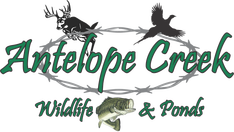Upon receiving confirmation of a successful draw, I started doing my homework for the hunt to take place the last two weeks of December. I began talking to others who have hunted that season and unit. I also talked with the local biologist and my good friend Dane who ranches in the middle of the unit. I collected a few forest service maps to learn the roads and look for potential hotspots. Finally, In November after a mule deer hunt on Dane's Montana land, he and I did a quick trip through the area he runs cattle. He showed me the areas the elk typically where so I would know for the December hunt.
It was planned Jordan and Matthew Miller of Run2Gun would join for the hunt, to film for their show. My cousin James and friend Lee would also join for the trip. Lee and I hunted multiple times together in Montana. We were hoping this would be the tag to finally harvest an elk. My brother Tyler would also join to help as a scout, while he also hunted deer.
Jordan had a muzzleloader deer tag he was trying to fill, so we planned to meet them out there after the conclusion of his hunt. Saturday morning of the opening weekend, we hit the road heading west. There had been snow falling in the hills and fresh snow was in the forecast for that day. This would be perfect for any sign we would come across would then be fresh. Shortly after meeting up in Rapid City, we made a quick game plan for the last few hours of the day.
We hit up a couple of nearby spots that I had marked on the map. We came across many deer but no fresh sign of elk was anywhere to be seen. At dark we headed back to town, got a room for the night and a hot meal. There wasn't much planning for that night. I knew right where I wanted to go and felt very confident about it. I thought for sure it would be where we would find the elk and likely get an opportunity.
In the morning we headed south to the area Dane runs his cattle. Working in from the North side, we made our way to the corrals in the center of the area, looking for fresh tracks the entire way in. Arriving at the corrals, we set out on foot through the timber, making our way to a few of the spots Dane had showed me where the elk would likely be.
After hunting most of the morning in this area, we came across not one fresh track nor heard or seen an elk in the area. This was crushing to me for I felt so confident in this spot. That is hunting though and it doesn't alway go as planned or as we think it will. Especially elk hunting and during the late season when they are all herded up for the winter. Elk will move many miles in a day. Being here one day and 20 miles away the next. So we decided to head to the next place on the map, which Jordan had actually hunted in October, and see what we could come across.
I couldn't help but think there had to be elk in the area as we got nearer. We were consistently running into more and more vehicles either going to or from the spot. As we started through the area we began to see a few tracks here and there. Coming upon a small group or tracks, looking like a few cows and calves, we decided to pursue them through the timber.
As we made our way through the stand of pines, 4 sets of tracks turned into more and more as the herd grew. We felt confident that we would eventually run into the. the wind was in our face and we figured they would be bedded down by now. Suddenly the the tracks were scattering going every which direction. Then we came across boot tracks. Did we circle back around enough to come across our own tracks again? Then I saw it. Drops of blood and not far away was a gut pile. Only hours old, someone else had beaten us to the herd.
With all the traffic in the area, and sign we were seeing, we knew the elk were in the area. So we decided to try to hunt the area but get to areas other had not hunted yet. This led us to a fun adventure on forest service roads that had not been traveled since the snow had begun to fall. Although a fun afternoon with amazing views, we never came across any other tracks in the area. With a few hours of daylight left. We decided to run back to the corrals to see if elk had moved in or through since the morning. Tyler also headed to the area we saw lots of deer and the first place we took a look at. Hopefully one of us would find elk.
Although Tyler found deer, no elk tracks were found in either area. Jordan and Matthew had to head home that night. Tyler had decided he'd stay the night but head for home in the morning. After grabbing a hot meal at a local restaurant we devised a game plan. The next day was Monday, we hoped that would mean most of the hunters had gone home for the work week. So we planned to head to the last area we hunted, where we found elk sign and the gut pile.
Heading out early we began to make our way to the area we had found the tracks. As we got nearer we started seeing elk tracks. Lots of elk tracks. There was one problem. They were all heading south across the road. This road was the southern boundary of the unit, which meant we could not head after them. To Lee and I this hunt was starting to look like many of the other elk hunts we had been on. We started to feel as if we wouldn't harvest one on this trip either.
It felt as if the pressure was off the kill an elk. It was not long after this that things took a turn for the better during the hunt. Coming around the point of a ridge, I caught movement up in the pines. I quick look and I realized there was about 10 head up there. They either saw us or where on their way out anyway but they moved deeper into the timber. At this point we were going to pursue until I heard cows mewing on our side of the meadow just down the ridge from us. I got up just inside the tree line and headed towards them. I could see two cows on the edge of the trees about 500 yards away. All I wanted to do was cut the distance in half.
As I slowly made my way to them my heart began to race. Was this really going to happen? I began to hear more cows mewing and bulls bugling up inside the timber on the top of the ridge. I had no idea how many elk were in there but I was about to find out. I got to 250 yards on the two cows and they looked as if they were going to start heading across the valley. I set my shooting sticks, layed the rifle in and began to settle for the shot.
I could feel my heart racing as I pulled the trigger. I thought for sure I was right on her but I never heard a bullet hit and she didn't act hit but I had no idea. Right after the shot the valley became alive. About 200 head of elk trotted through the valley. I couldn't believe it, I had never seen anything like that. Unsure of the shot I elected to let them go through and work their way off. They all settle down once they got into the timber and had no idea what had just happened. We let them slowly work their way off before heading to investigate.
Our investigation proved to be no shot was made. We never found an blood, hair or a dead elk anywhere. So after the search we decided we would pursue the herd. By now they worked over the ridge and we could barely hear them. The sun was out and behind us, snow was soft, and the wind was in our favor. The perfect conditions for s stalk.
As we made our way through the timber, the cow and calf calls got louder and and louder. We almost blew our cover as 4 bulls were off to the side of us that we were unaware of. After a few minutes they worked way off not affecting the rest of the herd.
Once we go to where we started see glimpses of elk, we knew we had to slow ourselves way down. If we blew this stalk the hunt was likely over. We took considerable care in the placement of each step, stopping with every step or two to glass our surroundings. Some were bedded others loafing and browsing around. We finally got ourselves into a position that we thought we would be able to get a shot. The elk we could see were bedded just over 100 yards away. It was now a waiting game.
I had one cow picked out I just needed her to stand. There were small pines all over so a small shooting windows would be the option. Soon two calves stood and walked past they cow, she then stood up and started following. I picked a shooting that the calves had walked through. She soon stepped into view as well.
I flicked the safety off and slowly squeezed the trigger. I felt good and we all were fairly confident it had hit its mark yet we were unsure. Lee stayed behind to be sure we went to the right spot where she stood, while James and myself headed to scene. Approaching I saw drops of blood in the fresh snow! A few more steps and there she was laying next to a ponderosa pine! If you were a bystander you would have thought I just shot a boone and crocket bull!
That wave and yell at Lee, stating we had found her never felt so good! I had put many hours and miles in trying to harvest an elk over the past 4 years that this was certainly an exciting and well earned moment! We took a lot of pictures, notched the tag and started the process of getting her back to the truck. We had come out and made it happen! We accomplished our goal.
This trip taught us a lot. First off we learned more about elk especially at a time of the year we had never hunted them. As I realize on most hunts, I just need to remember to enjoy the moment and it will all play out the way it should. Take in the scenery, sounds, and smells in God's creation. Take a moment to even listen to him. Enjoy the time with the company in your presence and never give up or lose faith. This can be said for all aspects of life. Keep a positive attitude, your head down and strive to meet your goals and great things can be accomplished.
Remember to Hunt Hard, Hunt Smart and Hunt Safe!
Brett Kleinschmit
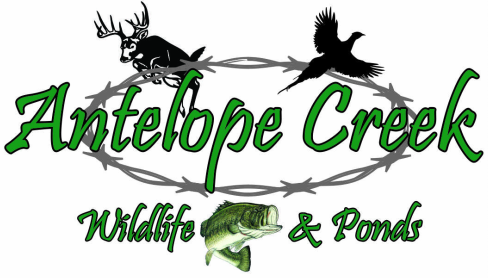
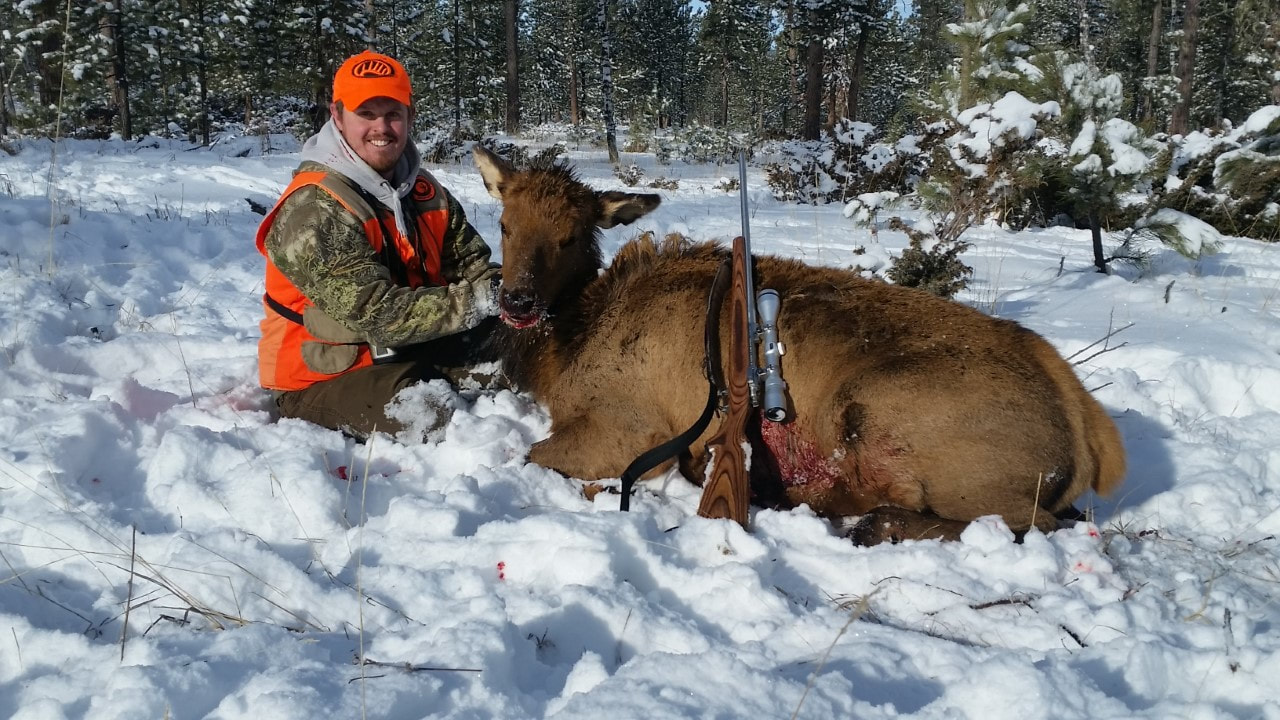
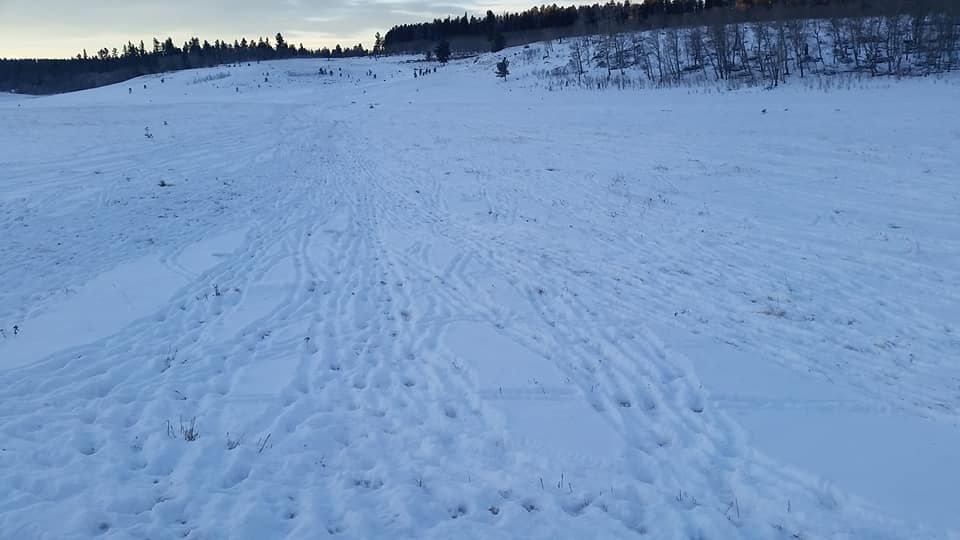
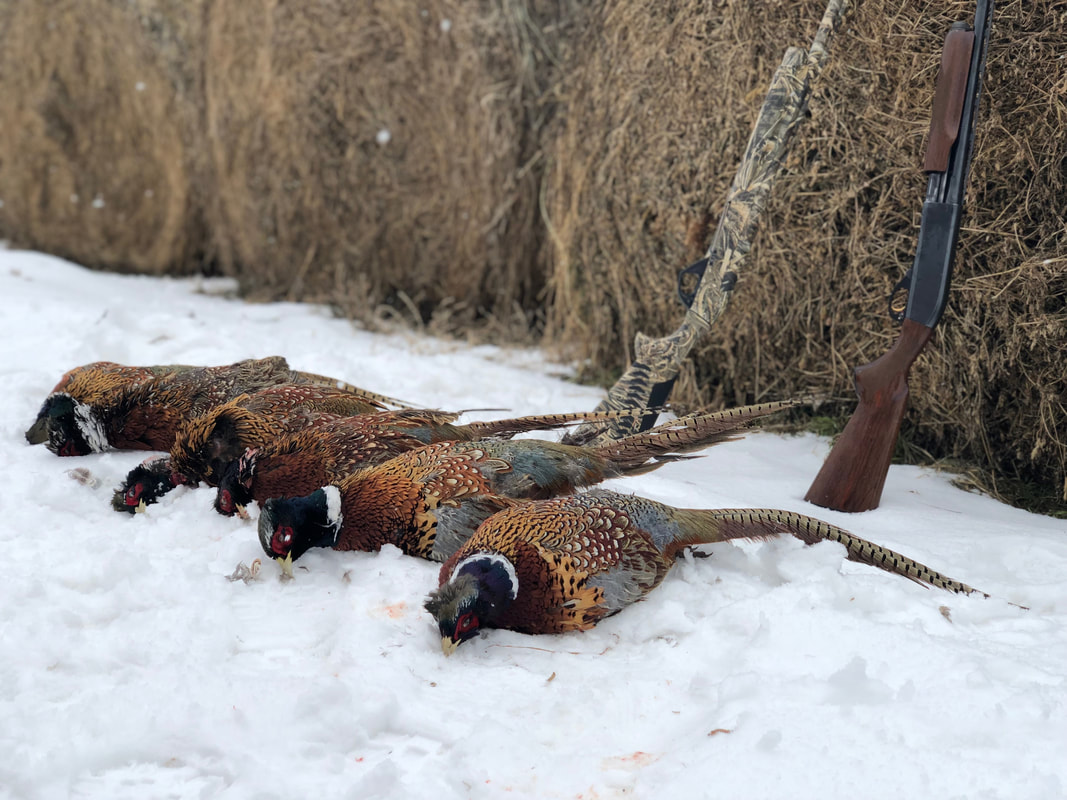
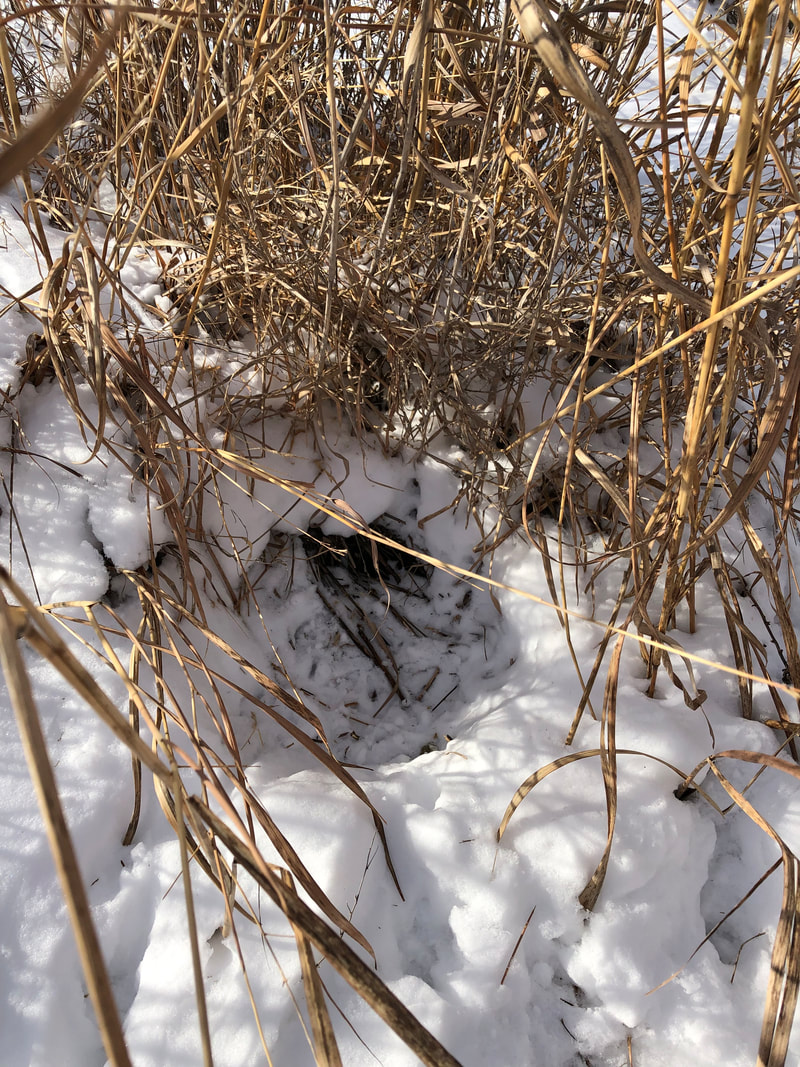
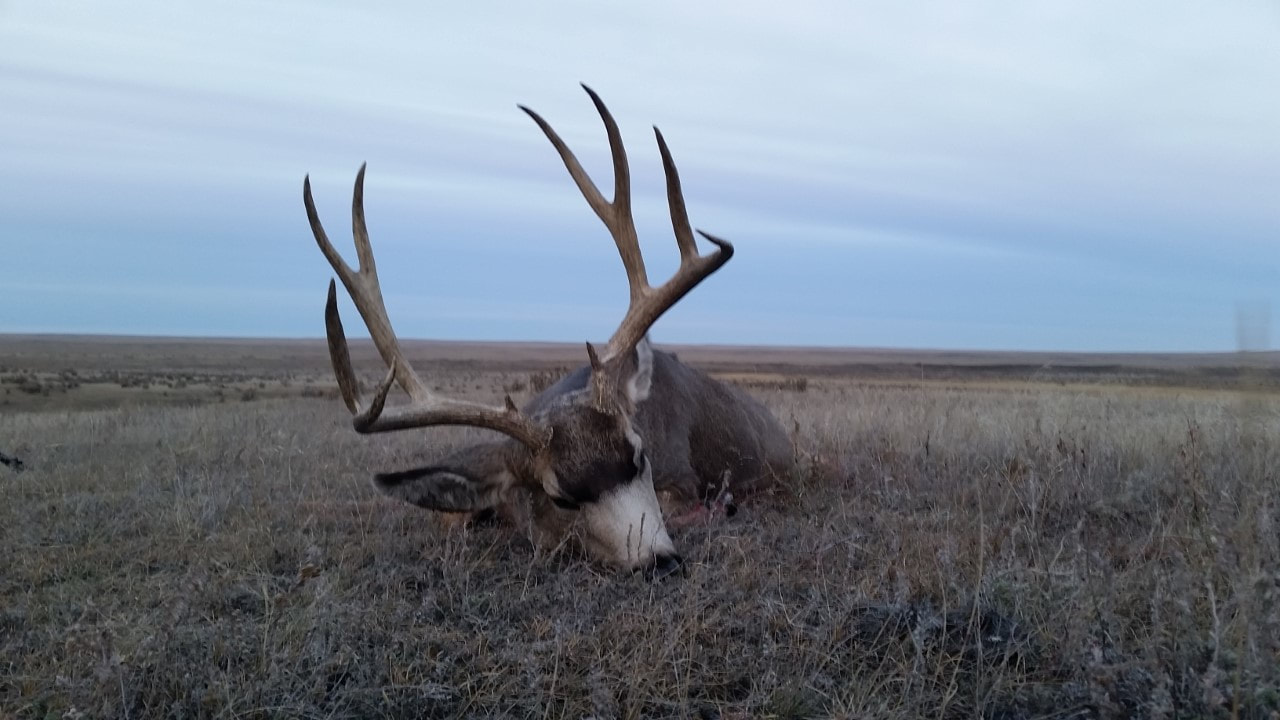
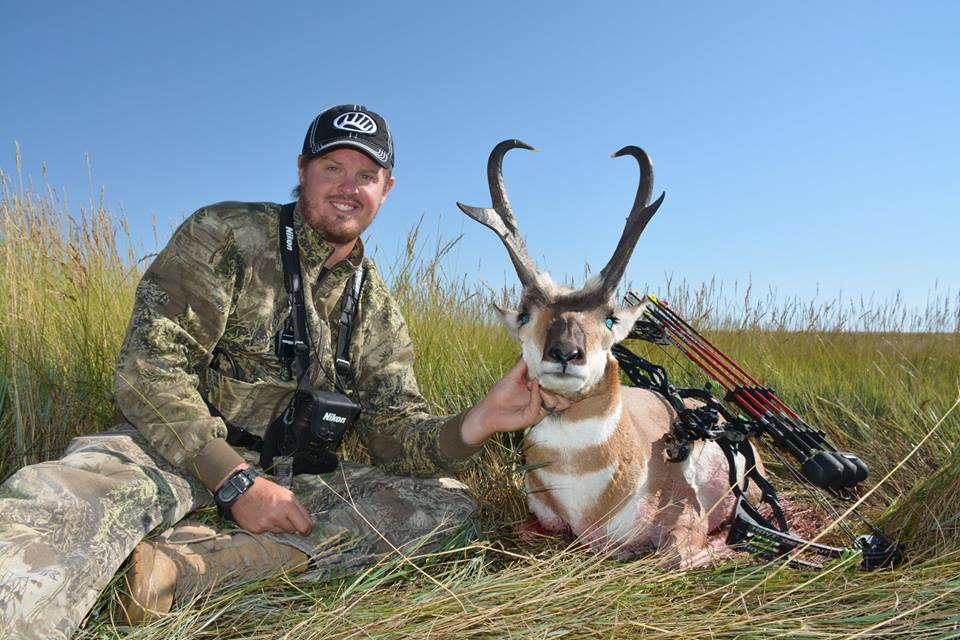
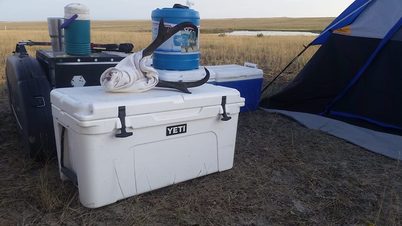
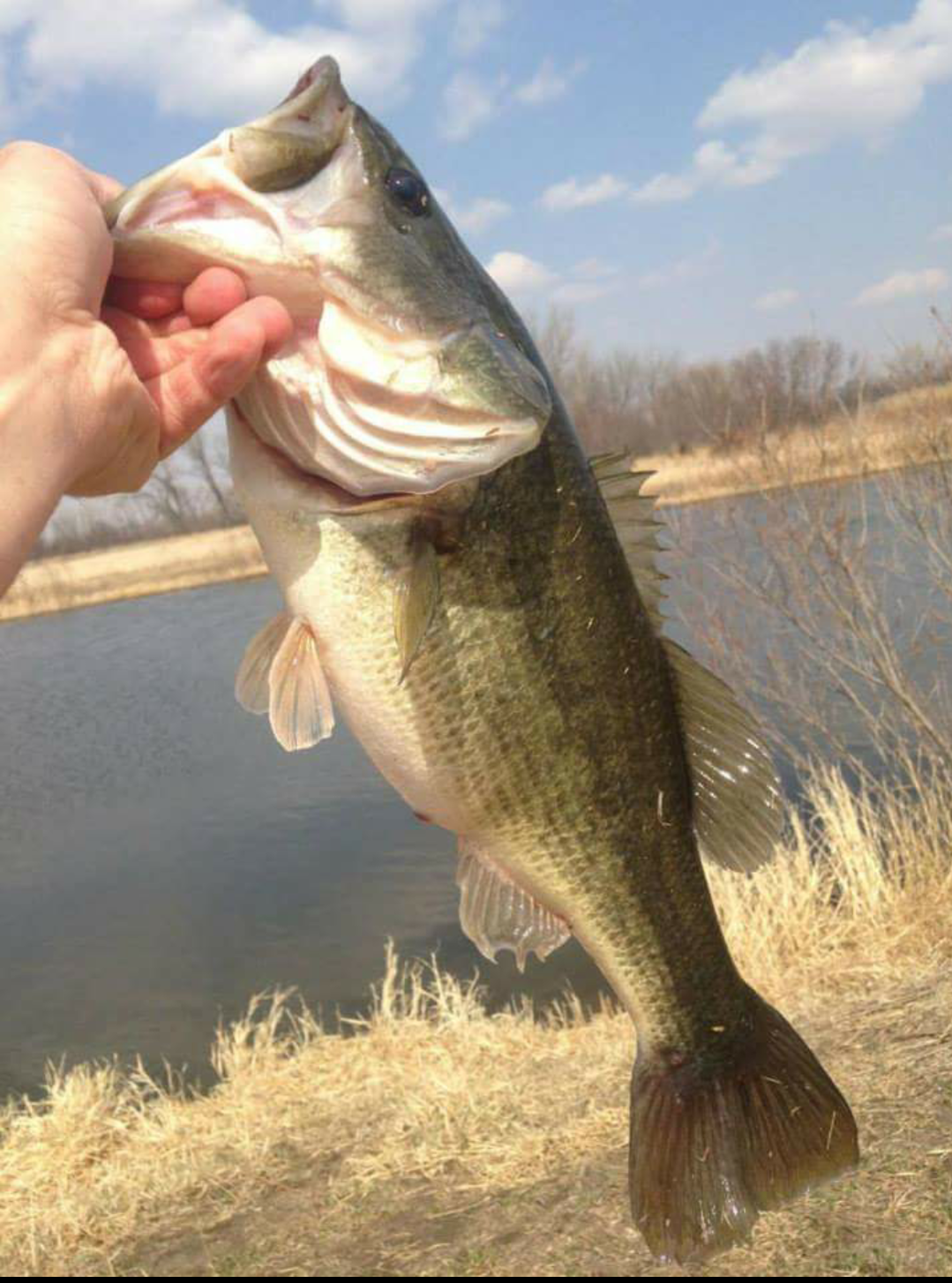
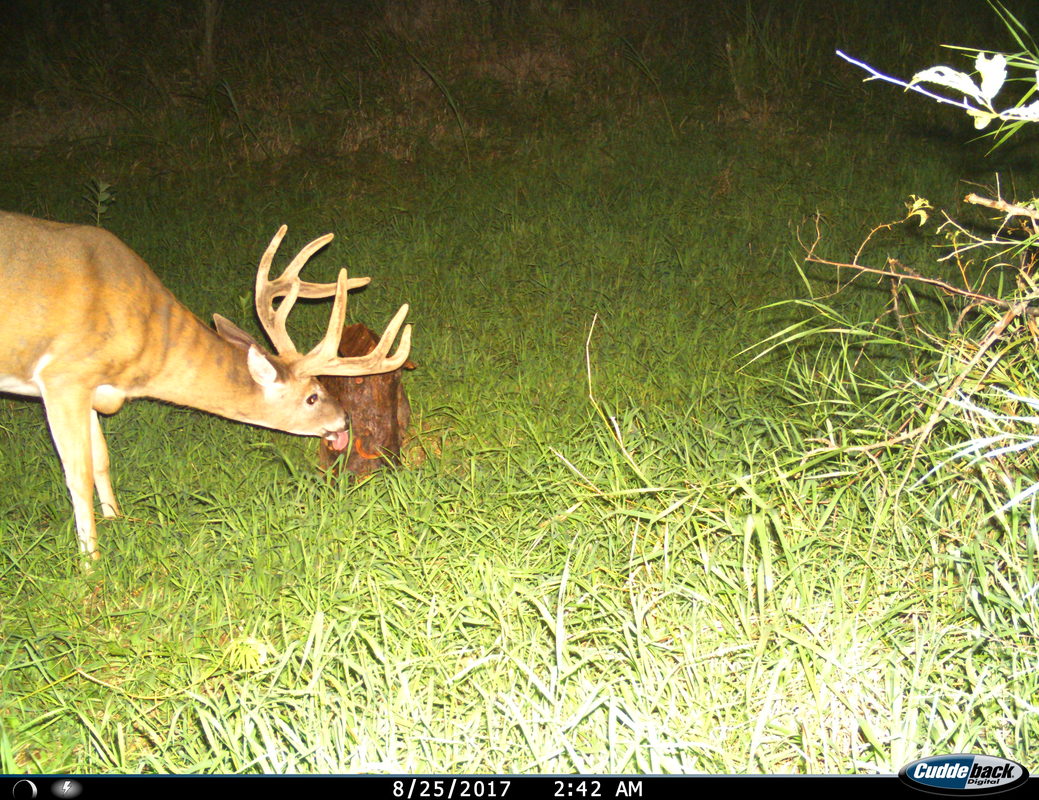
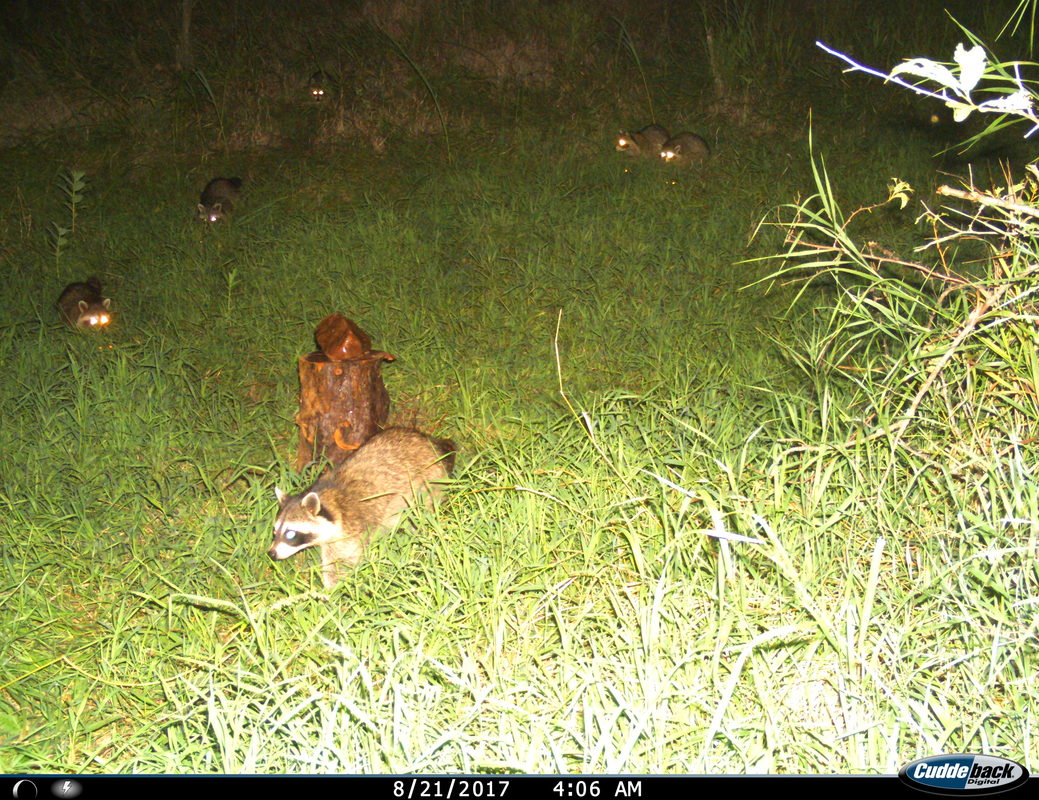
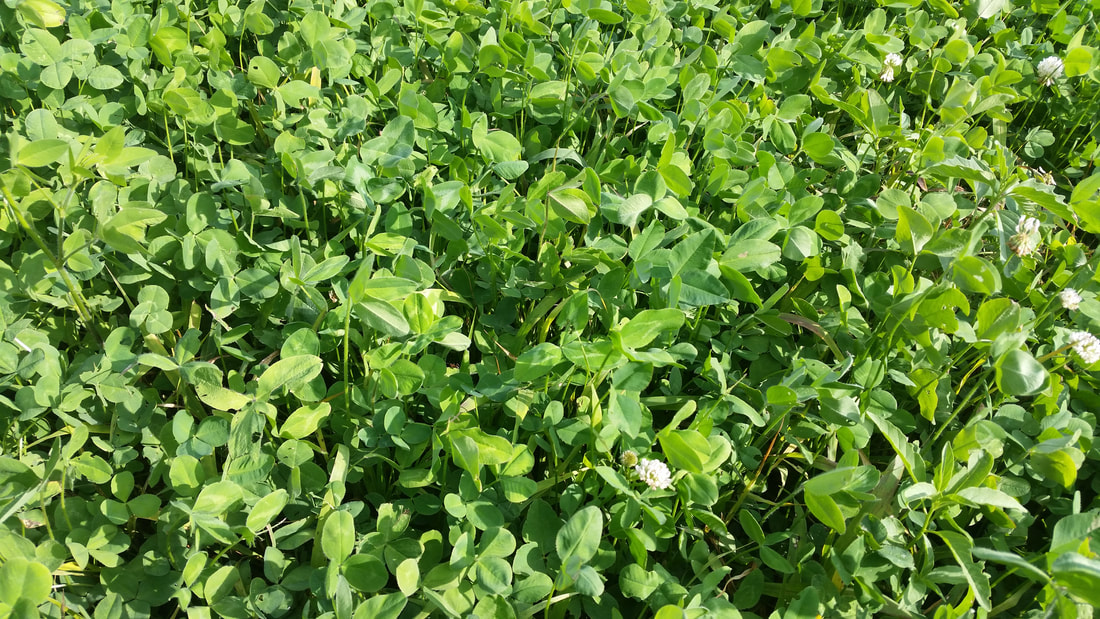
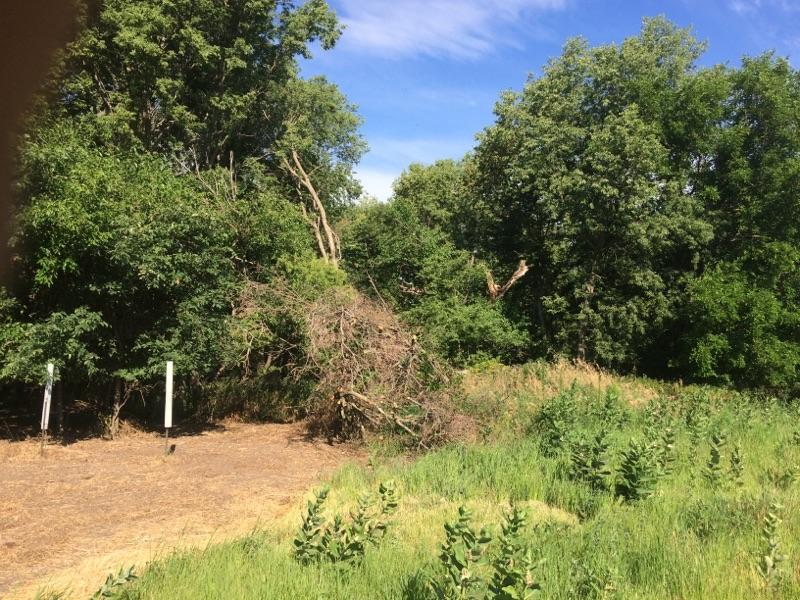
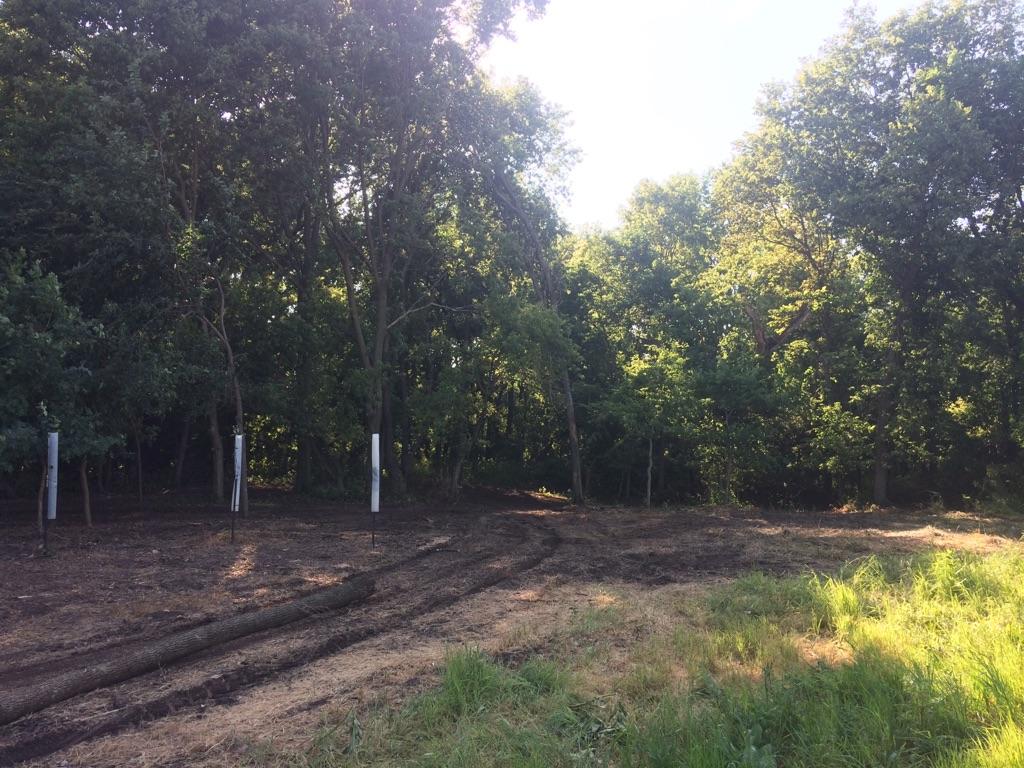
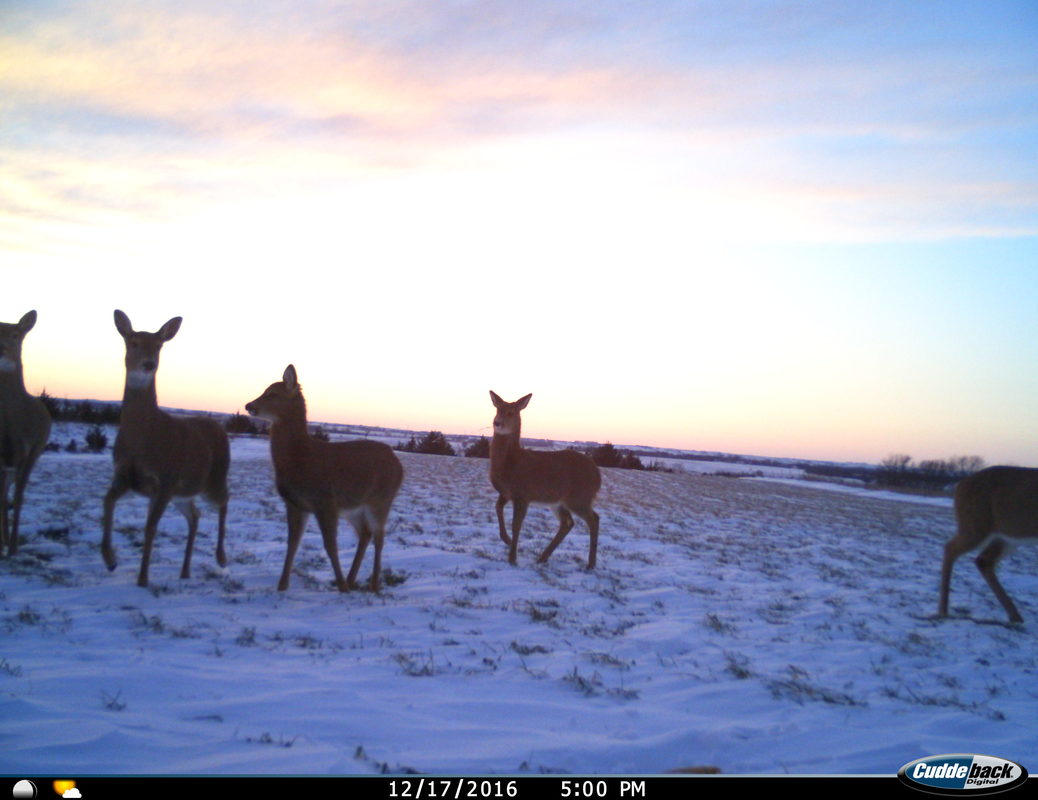
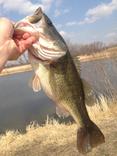
 RSS Feed
RSS Feed
